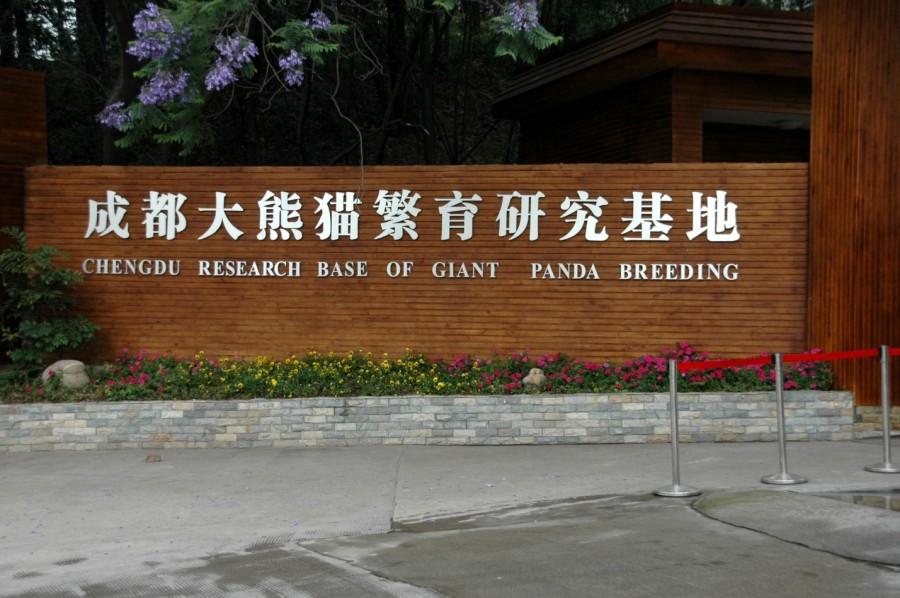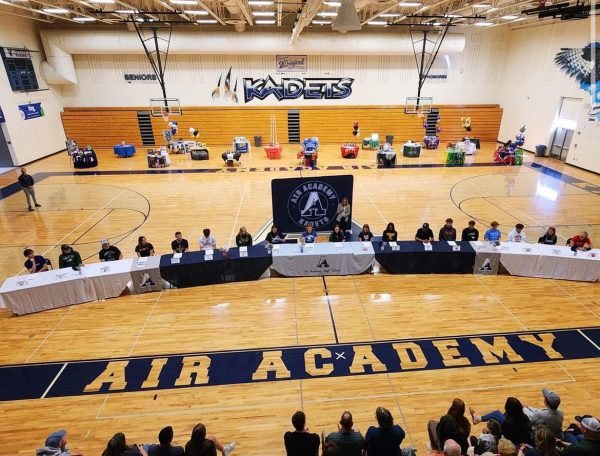Nature Is Speaking To Us
The endangered world of Giant Pandas has been shrinking rapidly over the past couple of months. This significant threat is due to the giant panda’s place on the World Conservation Union’s Red List of Threatened Species. Being on this list means that there are about 1,600 left in the wild and about 300 in zoos and breeding centers around the world. These recent developments have sparked national interest in pandas, and one in particular.
The main story is about Mei Xiang. She is a seventeen year old Giant Panda who lives at the Smithsonian National Zoological Park. Weighing in at around 230 pounds, Mei Xiang has given birth to six cubs, three of which survived to be named. Mei and her mate Tian Tian are the second pair of Giant Pandas at the National Zoo.
On August 22, she gave birth to twins. In the wild, if a panda has two offspring, she would usually reject one of the babies because she struggles with taking care of both. Although Mei Xiang did not reject the other cub, the zoo still said that they were going to switch the pandas in and out so that Mei Xiang only had to care for one at a time, which would be easier for her. The other panda (not with its mother) would be in the care of the Smithsonian Zoo.
Unfortunately, the weaker panda cub died after just a four days of life. The cub died on August 26. Mortality rates for pandas in their first year when they are raised by humans are 26% for males and 20% for females. A necropsy’s findings showed that the cub most likely died from problems with the aspiration of food material into the cub’s respiration system, which resulted in the development of pneumonia.
Most cubs do not live beyond a few hours or days. When they are born they are an average of 100 grams or 0.2 pounds (the size of a stick of butter) which is 1/900 of their mother’s weight. The average human baby at birth is 1/20 of their mother’s weight. Within their first eight months they can grow to 88 lbs. It will take six to eight weeks until they can open their eyes.
Unlike other mammals, it is extremely hard for pandas to get pregnant. Giant pandas ovulate once a year in the spring, which means that the space in which they can conceive is about two to three days. In zoos, pandas tend to be artificially inseminated in order to get them pregnant. Panda females reach maturity between four and eight years and can reproduce until around twenty years old. This means that a wild panda can only raise five to eight cubs successfully. This is one of the reasons that the giant panda is endangered. Their slow birth rate has trouble keeping up with the loss of life caused by habitat loss, forest destruction, and hunting.

Despite the death of the other cub, the bigger cub is doing well. The zoo did DNA tests to find that he is a male. It takes several months until the cub will develop external genitalia so the DNA tests are the most reliable way to tell the gender. He weighs 2.95 pounds at 4.5 weeks old which is heavier than both of his siblings, Bao Bao and Tai Shan weighed at his age. The cub cannot walk yet. He can now hear but it will be several weeks until his eyes open. The zoo has named him Bei Bei which means “precious treasure.”
The Smithsonian National Zoo is partners with conservation efforts in China. Li Guo, a giant panda keeper, came from China to help with the birth. He is a giant panda cub nursery expert. Also, this cub will go to China in four years and live there for the rest of his life.
The Smithsonian Zoo has set up a Panda Cam to conduct a live broadcast of Mei and the cub 24/7. This is because Mei and her cub are not in the exhibit and are in a small space to simulate a small den in which the pandas live in in the wild. For example, in China’s Wolong Reserve, pandas make their dens in hollow large conifer trees. They will stay in this den for the cubs first 100 days.
If you would like to see Mei and her cub and stay updated on their lives, here is the link to the Panda Cam:
http://nationalzoo.si.edu/animals/webcams/giant-panda.cfm

Bonjourno! Me llamo Sophie. I am a tri(sort of) lingual senior with a large passion for sarcasm and baked goods. I still am in band, writers guild, link...













